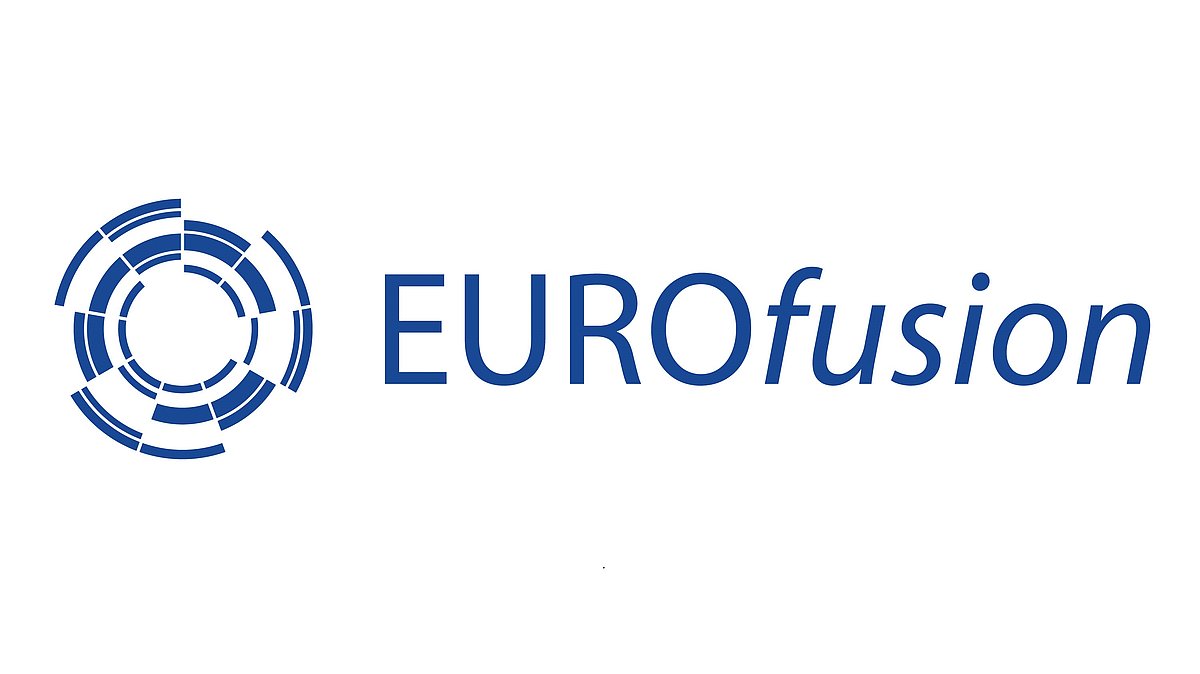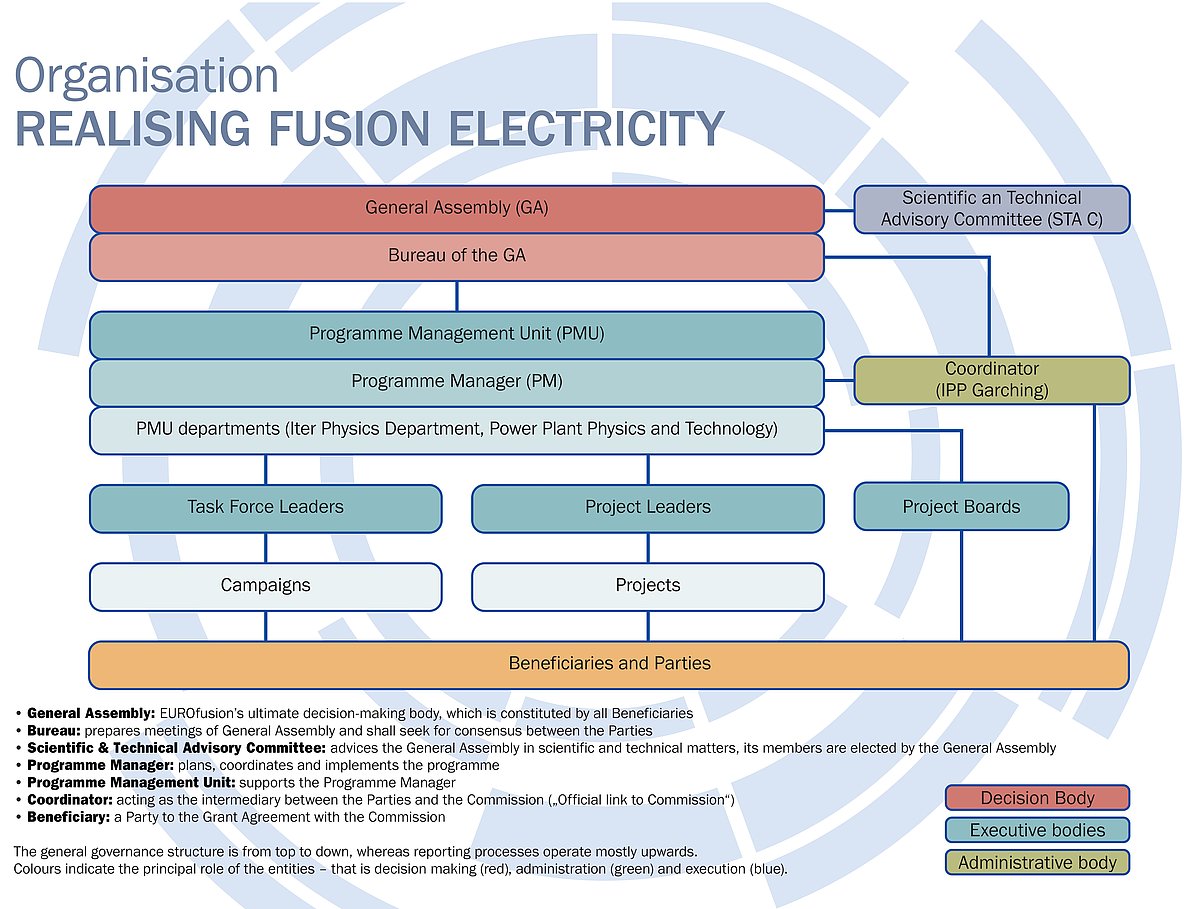
The vision of the EUROfusion is a world where fusion power plants feed the grid with CO2-free power and complement other sources of energy production.
EUROfusion is the most ambitious research program in Europe. On October 9, 2014, fusion research bodies from European Union (EU) member states and Switzerland signed an agreement to cement European collaboration on fusion research, and EUROfusion, the European Consortium for Development of Fusion Energy, was born. EUROfusion supports and funds fusion research activities on behalf of the European Commission’s EURATOM programme. The budget from 2014 to 2020 is composed of €678.8 million from EURATOM H2020 and €555.3 million funded by the member states.
Programme Manager (CEO) of EUROfusion European consortium Tony Donné (visited Latvia at the end of 2018) said: 'I am increasingly convinced that we, in Europe, benefit from the most coherent and best coordinated research programme in the world.’
EUROfusion joins more member states under consortium agreement than CERN (The European Organization for Nuclear Research). Currently it unites over 150 research centres and universities from 26 EU member states and 2 associate members, Switzerland and Ukraine. Nevertheless, EUROfusion is in a good cooperation with CERN and other 6 organizations (EMBL, ESA, ESO, ESRF, European XFEL, Institut Laue-Langevin) under EIROforum platform, forming the backbone of fundamental science research in Europe.
The EUROfusion decisions are taken by the General Assembly (GA), the ultimate decision making body made up of representatives from all Research Units. GA is chaired by prof. Ambrogio Fasoli. Since June 2014, Programme Manager (CEO) of EUROfusion is Tony Donné. Activities between EC, GA and EUROfusion are coordinated by prof. Sibylle Günter. These people are scientists involved in fusion research who understand the project from the heart, not just by description. GA plans their activities by following the precisely elaborated Roadmap and defined milestones: 'Just like the navigation system in your car assesses the traffic and road conditions, the Roadmap assesses the current fusion landscape and charts the fastest course to a world with fusion electricity', says T. Donné.
Contribution of Latvia to EUROfusion
Under the guidance of the Institute of Solid State Physics of the University of Latvia (ISSP UL), Latvian scientists have successfully participated in solving fusion problems in the previous European Union framework program EURATOM. Currently, the new Horizon 2020 program is implemented by the Latvian EUROfusion Laboratory coordinated by Dr. habil. phys. Andris Šternbergs, which brings together scientists from ISSP UL, Institute of Chemical Physics ,UL (ICP UL), and Institute of Physics ,UL (IP UL).
Dr. habil. phys. Juris Purāns leads the research on radiation- and heat-resistant steels used in fusion reactors. The studies have provided unique information on the atomic structure of the nanoparticles of oxides in these steels and on the formation of nanoparticles of these oxides during plasma discharge (video information about the project: https://www.youtube.com/watch?v=OGqi15WBl8A).
Dr. habil. phys. Eugene Kotomin’ s group investigates the radiation stability of Mg-Al oxide materials used in fusion reactors and the influence of radiation on the structure of these materials. They study the effect of strong magnetic field on plasma and perform computer modelling of gyrotrons.
Dr. phys. Anatoli Popov’s project is both theoretical and experimental, and aims to understand, control and predict the radiation damage of the materials used in the fusion reactors under intensive neutron and gamma radiation environment. For that reason, the scientists combine different spectroscopy techniques to monitor the development of the radiation damage in various functional materials like diamond, sapphire, and spinel.
Dr. phys. Jeļena Butikova is in charge of the laser-induced breakdown spectroscopy studies of quantitative and qualitative composition and depth profiling of the impurities that occur in the plasma-facing materials during plasma discharge.
At ICP UL, Dr. chem. Gunta Ķizāne’s group is studying tritium retention and release in plasma-facing materials, lithium-containing ceramics and beryllium pellets, as well as performs evaluation of tritium chemical forms, analysis of fusion reactor materials and dust.
Dr. phys. Leonīds Buligins at the IP UL leads a research group that develops numerical models for the description of magnetohydrodynamic flow in porous environment. They also perform heat balance calculations to evaluate the efficiency of divertor (the device that extracts waste produced by the fusion reaction). Dr. phys. Ernests Platacis, along with the Institute's researchers, carries out the magnetohydrodynamic and thermomechanical tests and numerical calculations for the lead-lithium blanket material (this is a part of the reactor that protects it from high temperatures and neutrons produced by the fusion reaction).
More about EUROfusion: https://www.euro-fusion.org
